Silverstone – the Home of British Motor Racing (2nd ed)
 by Chas Parker
by Chas Parker
“The people they hired did the worst job ever. It’s the bumpiest track I’ve ever experienced.”
—Lewis Hamilton, 2018
Silverstone isn’t the best race circuit in Britain, in fact it struggles to make the top ten, but it is the most important and well known. Like many British circuits it owes its existence to its wartime status as a World War II bomber base and even 80 years later there are still clues to its former existence, both in nomenclature (Hangar and Wellington straights) and in architecture (you can still encounter Ministry of Defence specification concrete laid in 1942). It’s a palimpsest of a circuit, with endless variations of layout since its debut in 1947, and they haven’t stopped yet.
On my first visit in 1971 the place looked more like an arable farm than a race circuit and now it’s begun to resemble a collection of Amazon distribution centers. But this windy plateau in the English midlands can still be a field of dreams. If you saw Lewis Hamilton’s victory at the 2024 British Grand Prix you’d witnessed a race for the ages—it was pure theater.
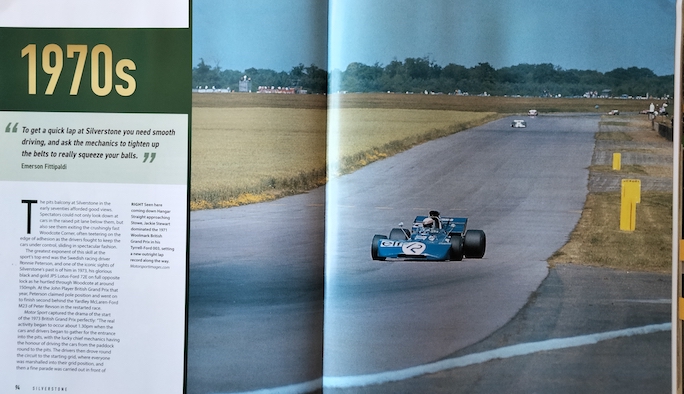
Silverstone has long deserved its biography and author Chas Parker obliged in 2016 with the first edition of this book. It was published by Haynes and my review here was not unqualified praise; in fact on reading it again, it was positively lukewarm. With hindsight I think my judgment was strongly influenced by the fact that Haynes had produced a book that looked and felt cheaper than it was. This second edition, from Evro, feels a much classier production than the first. That is despite the fact that 70%—the first 250 pages—is practically identical to the first edition; my less than forensic comparison revealed a single change of picture; there are 64 additional pages.
The format comprises a summary of the decade in question, and then a year-by-year account of each season’s highlights. The latter is useful if you want to remind yourself about which year it was when Neil Horan, the deranged Irish priest, ran on to the Hangar straight mid Grand Prix (2003). Or the year when Jody Scheckter ran out of talent at Woodcote and destroyed half the field (1973). But the meat of this new edition is in the comprehensive account of the Machiavellian maneuvering and plotting that Silverstone has had to endure this century. In 2000 Bernie Ecclestone punished the BRDC (who owned the circuit) for various slights, real and otherwise, by forcing them to hold the Grand Prix in cool April rather than sunny July. Ten years later Ecclestone awarded Donington Park a 17-year deal for the Grand Prix even though there wasn’t a snowball’s chance in hell of it happening, and the current relationship with Liberty Media hasn’t always been a harmonious one either. Chas Parker has done a good job in helping the reader navigate some of these stormy waters of commerce.

Silverstone always used to have the reputation of being run by old buffers in blazers but that image has long since gone. Having reminded the reader of how the late Tom Walkinshaw tried to stiff Silverstone out of its biggest asset (its name) in the 1990s, the author gives detailed accounts of the many property and commercial deals in which the circuit became immersed. Maybe it’s not for everyone, but for someone (such as this reviewer) whose day job used to involve stuff like commercial leases, options, and break clauses it’s a fascinating read. It’s a commercial soap opera—boardroom coups, resignations, blood on the floor, and heads rolling. And who agrees with me that Silverstone had a lucky escape by getting out of bed with JLR before the marriage was consummated? But let’s not forget how Silverstone itself pulled a fast one on Brands Hatch in the 1980s, securing exclusive rights to hosting Formula One instead of sharing them. I’ve never really forgiven them—Brands was an utterly sublime place to watch a Grand Prix, its intimacy in stark contrast to Silverstone’s windy acres.
I was reminded by the book’s words and images of so many happy days I’ve spent at Silverstone. James Hunt’s debut victory for Hesketh in 1974, Peter Revson’s sublime win in the previous year’s Grand Prix and, in 2022, the astonishing spectacle of the class of the field (Max Verstappen and Lando Norris) pitching their F1 cars into Copse at 185mph, without lifting!

Chas Parker doesn’t just cover the high table drama though, and he reminds us of the club motorsport happenings that take place almost weekly at one of Silverstone’s various layouts. From the wildly eccentric Pomeroy Trophy (which almost any car can win as long as it’s a Frazer Nash) to the People’s Favourite, the fender-bending BTCC, there’s something for everyone.
Incidentally, I was delighted to note that the book refers to the extraordinary Formula Junior race at the Silverstone Classic in 2011. The lead was contested by Sam Wilson and Jon Milocevic who swapped places so many times that both the commentary team and the crowd were emotionally drained, knowing they’d witnessed the finest of mechanical ballets.
Silverstone just keeps on keepin’ on. In recent years it has espoused sustainability seriously and convincingly, as well as building apartments, a trackside hotel, a college and a museum. Last year I attended a conference on women in motorsport there—and that wasn’t something I expected to be doing back in 1973 when the only women in sight were scantily dressed twenty-somethings giving away John Player Special cigarettes . . .
It’s some story and Chas Parker has told it very well.
Copyright John Aston, 2025 (speedreaders.info)
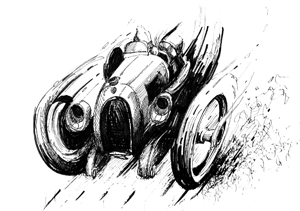

 RSS Feed - Comments
RSS Feed - Comments



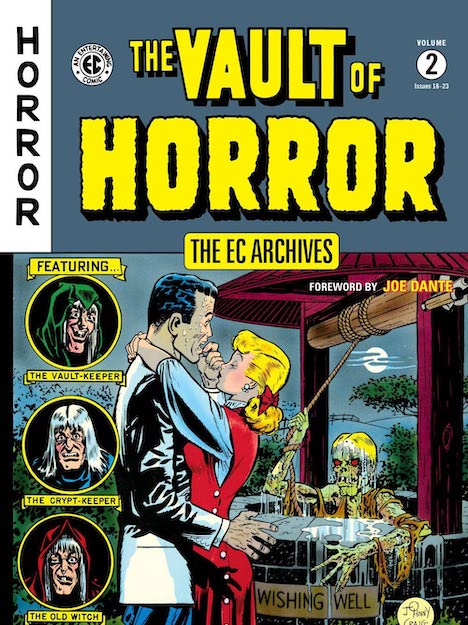
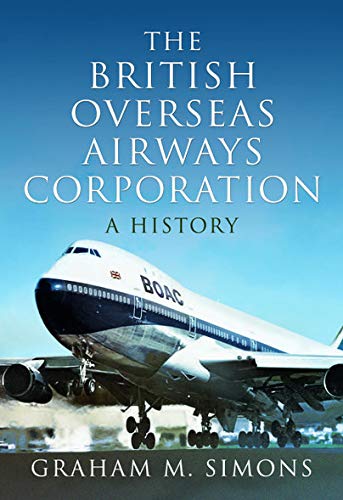



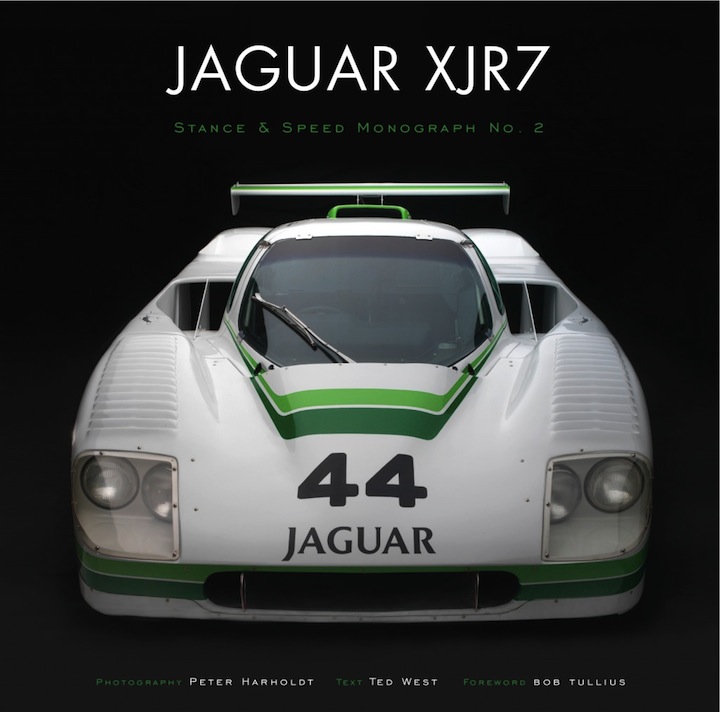






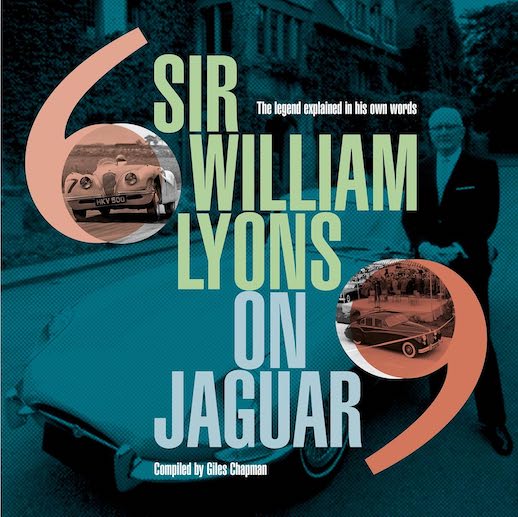


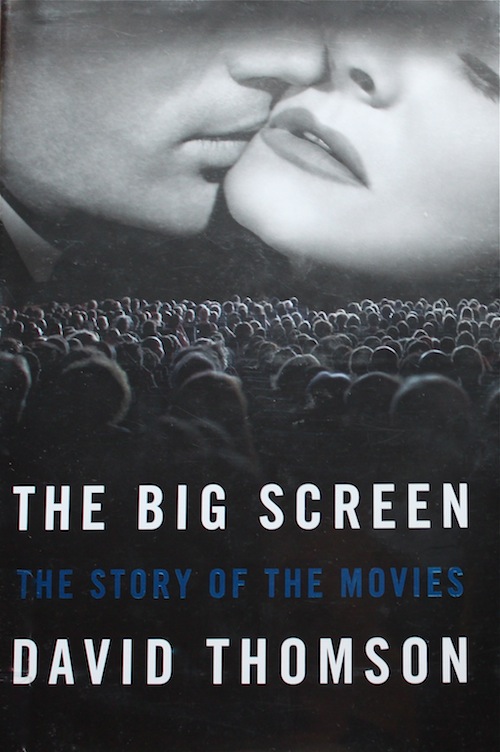
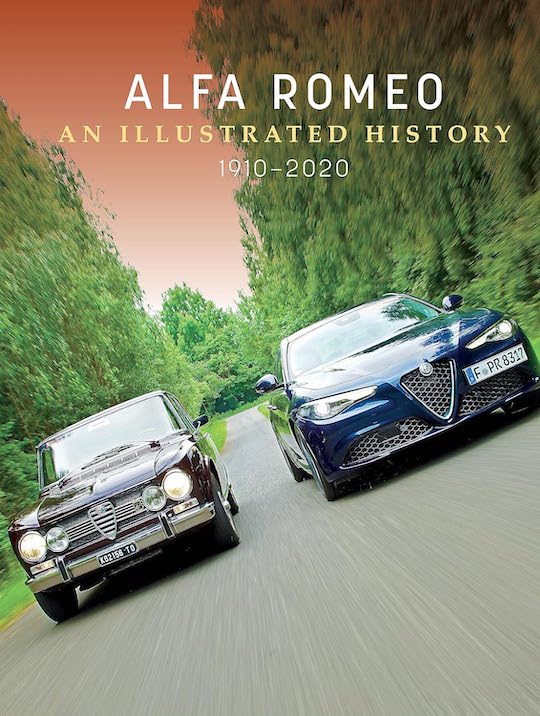

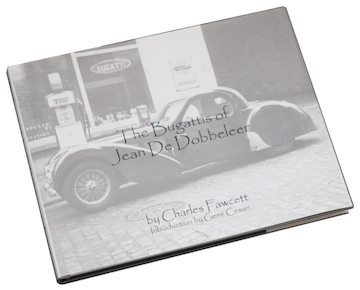
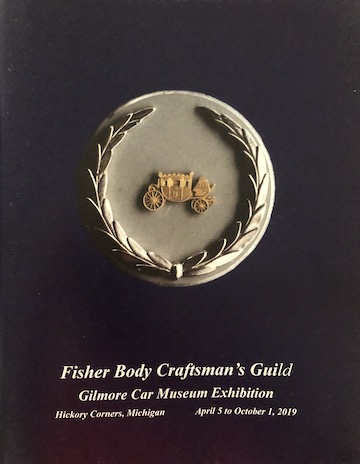
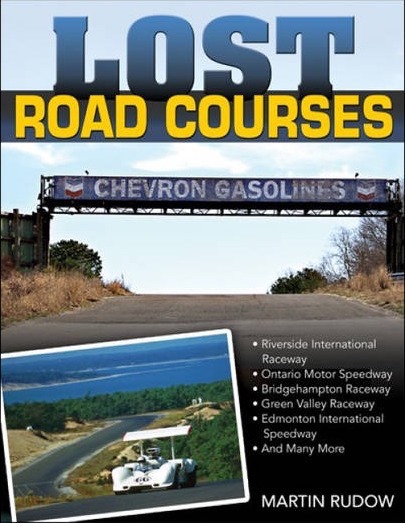



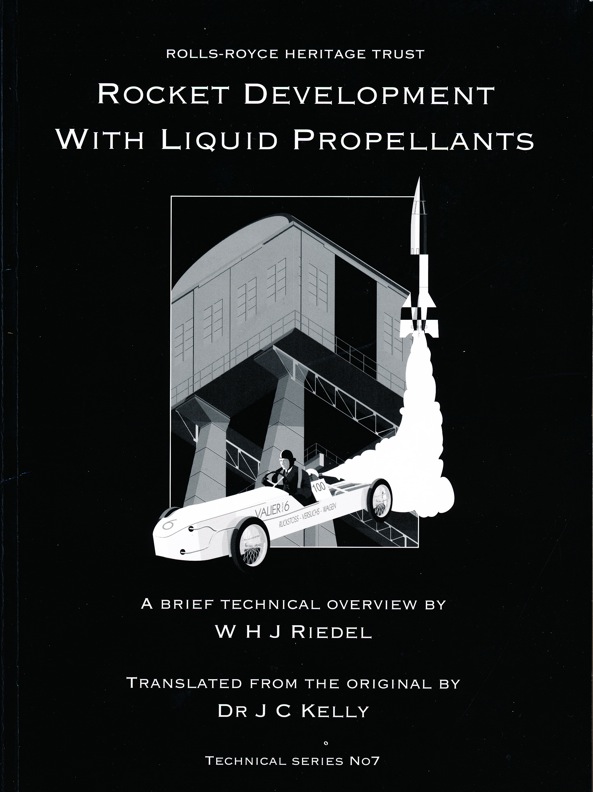



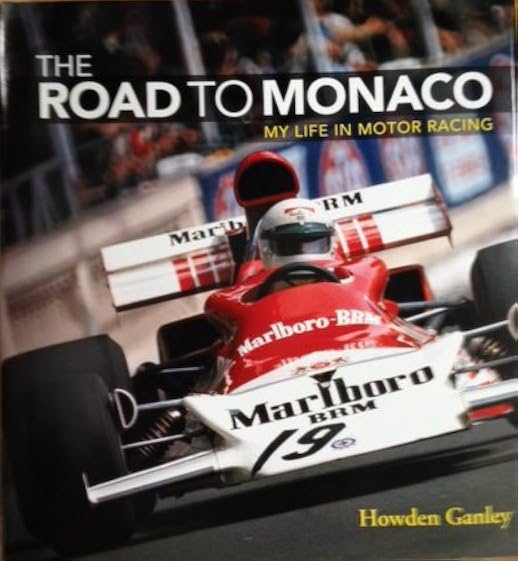





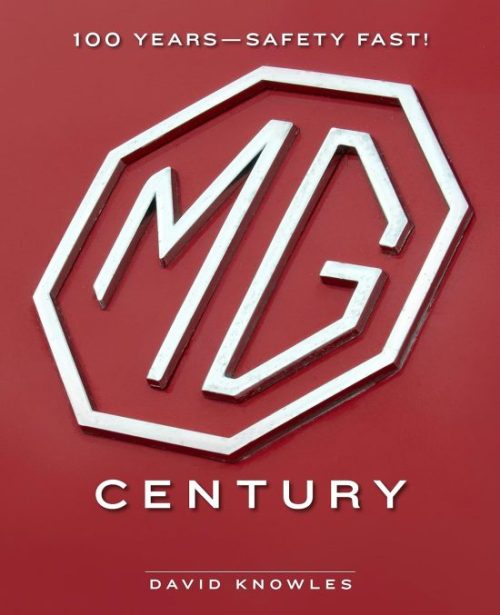




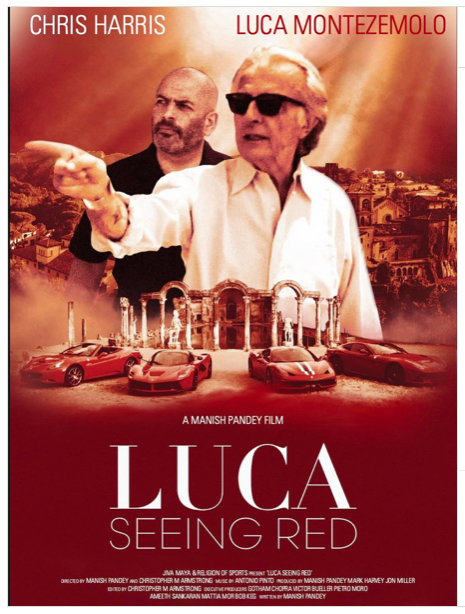


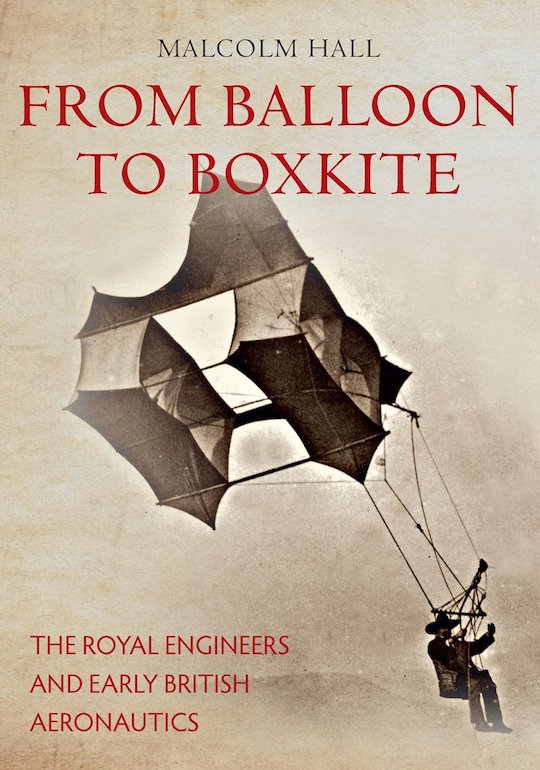


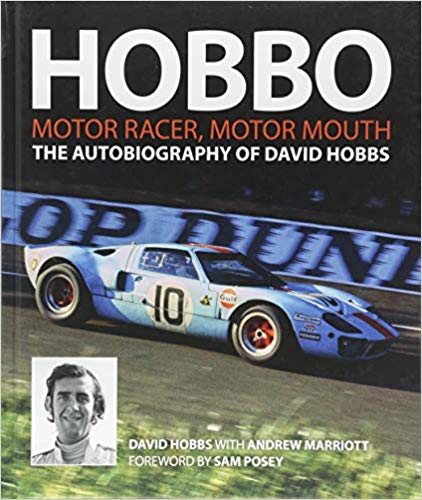

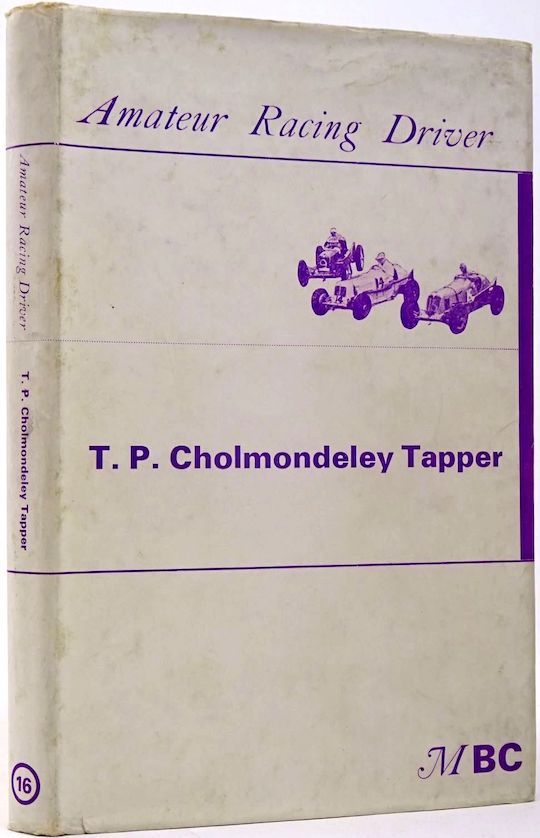




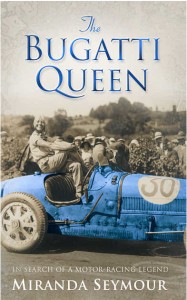



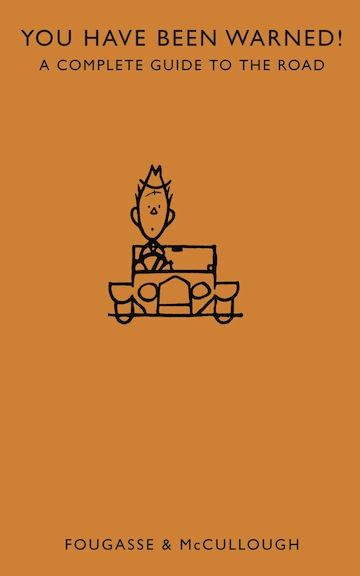



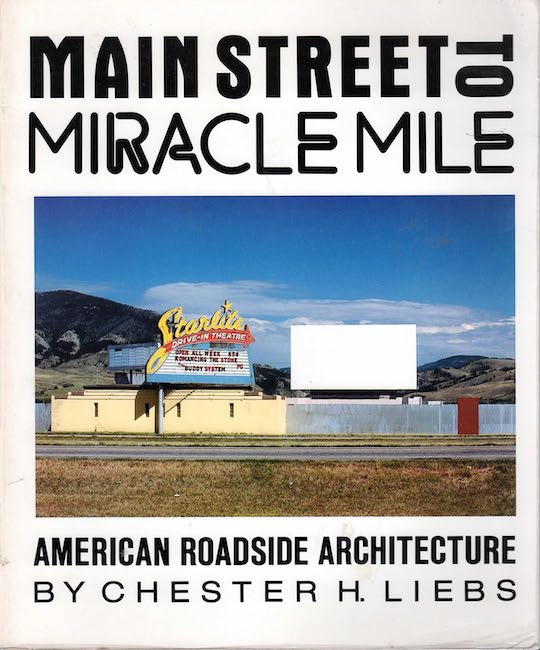


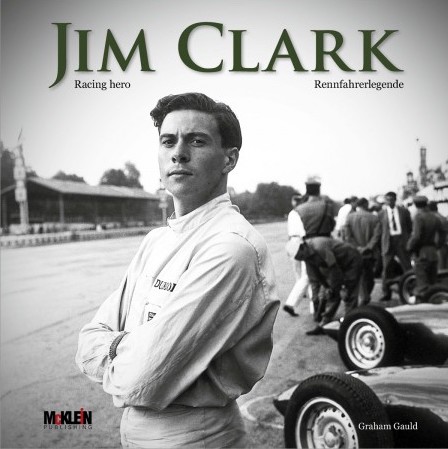


 Phone / Mail / Email
Phone / Mail / Email RSS Feed
RSS Feed Facebook
Facebook Twitter
Twitter